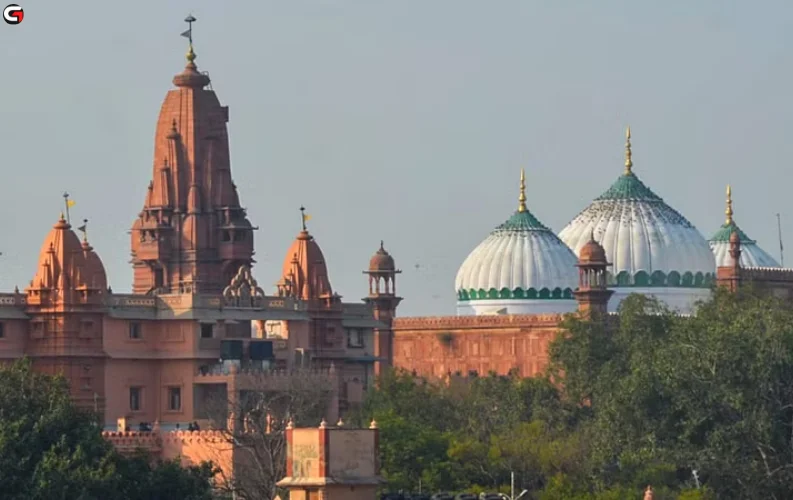In response to an unusually dry October, New York City Mayor Eric Adams has declared a drought watch, urging residents to conserve water. The announcement, made on Saturday, marks the initial step in a series of potential measures aimed at managing water usage in the city.
A drought watch serves as the first of three levels of water-saving initiatives. In a social media message, Mayor Adams emphasized the need for residents to adjust their habits, stating, "Mother Nature is in charge, and we must make sure we adjust."
To promote water conservation, the mayor has instructed all city agencies to prepare their water-saving strategies. He encouraged the public to participate by taking shorter showers, fixing leaky faucets, and turning off taps while brushing their teeth. Additionally, he recommended sweeping sidewalks instead of using hoses to clean them.
Adams also called on residents to report any leaks or opened fire hydrants, highlighting a recent incident in Brooklyn where a faulty hydrant had been draining water into a local goldfish pond.
October proved to be particularly dry for New York City, with Central Park recording only 0.01 inches (0.02 cm) of rainfall—far below the typical 4.4 inches (11.2 cm) expected during this month. According to Rohit Aggarwala, Commissioner of the Department of Environmental Protection, this marks the driest October in over 150 years of recorded history.
The water situation is further complicated by ongoing repairs to a significant aqueduct that supplies water from the Catskill region. As a result, the city has been relying more heavily on reservoirs in its northern suburbs, which received only 0.81 inches (2 cm) of rain last month—approximately one-fifth of the average for October.
New York City consumes about 1.1 billion gallons (4.2 billion liters) of water daily, a figure that is roughly 35% lower than its peak usage in 1979. This reduction is attributed to improved leak detection and repair efforts.
The recent drought conditions are not limited to New York; nearly half of the United States is currently experiencing flash droughts, characterized by rapid drying due to a combination of low precipitation and elevated temperatures. The Northeast ended October with unusually warm weather, including a record high for Halloween, with temperatures reaching the high 70s and low 80s (24 to 28 degrees Celsius) across the region.
Weather experts have linked the ongoing dry conditions to a weather pattern that has inhibited moisture flow from the Gulf of Mexico. This dryness has affected various regions, impacting shipping along the Mississippi River and contributing to wildfires in the Midwest and East Coast. The National Weather Service continues to issue warnings about elevated fire risks in several areas, including Connecticut, where recent wildfires have resulted in tragic incidents, including the death of a firefighter.


















